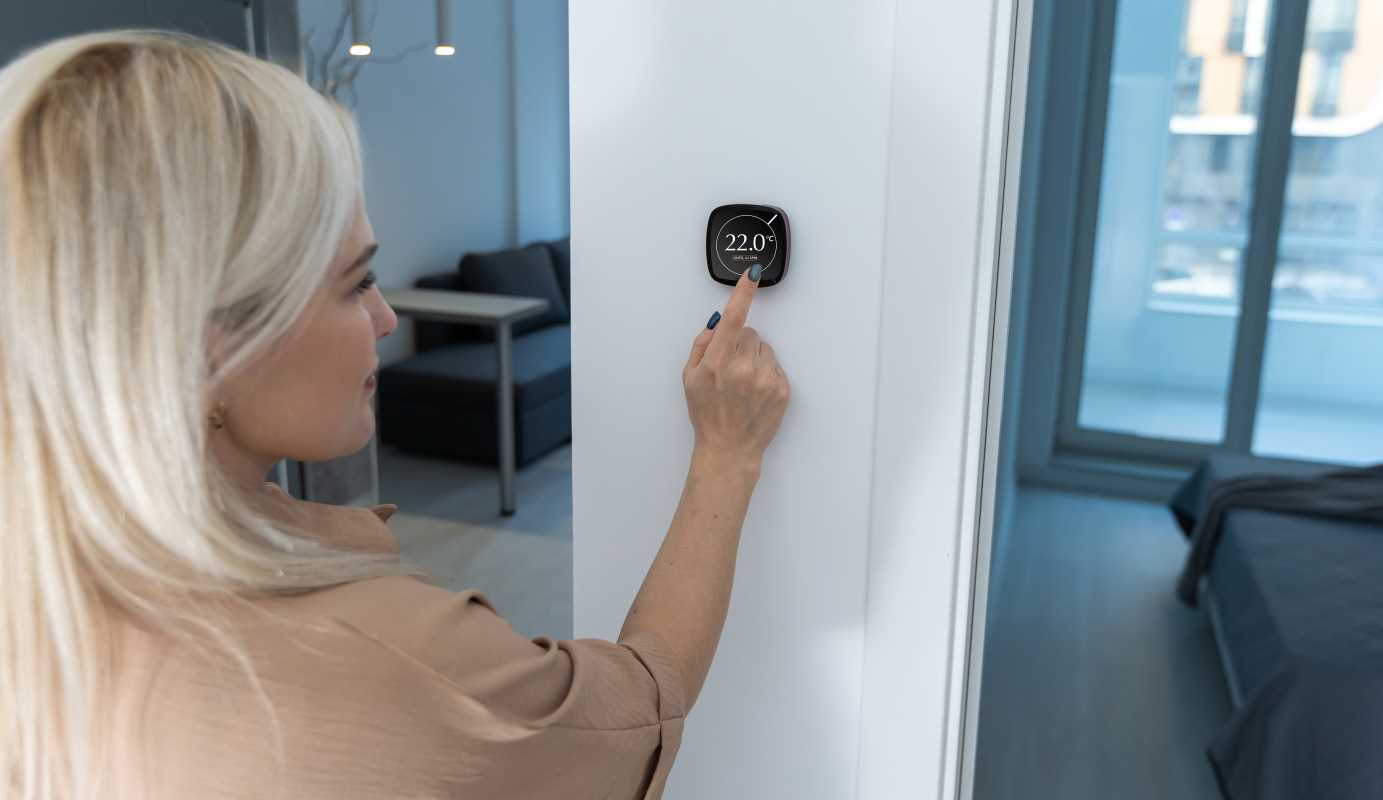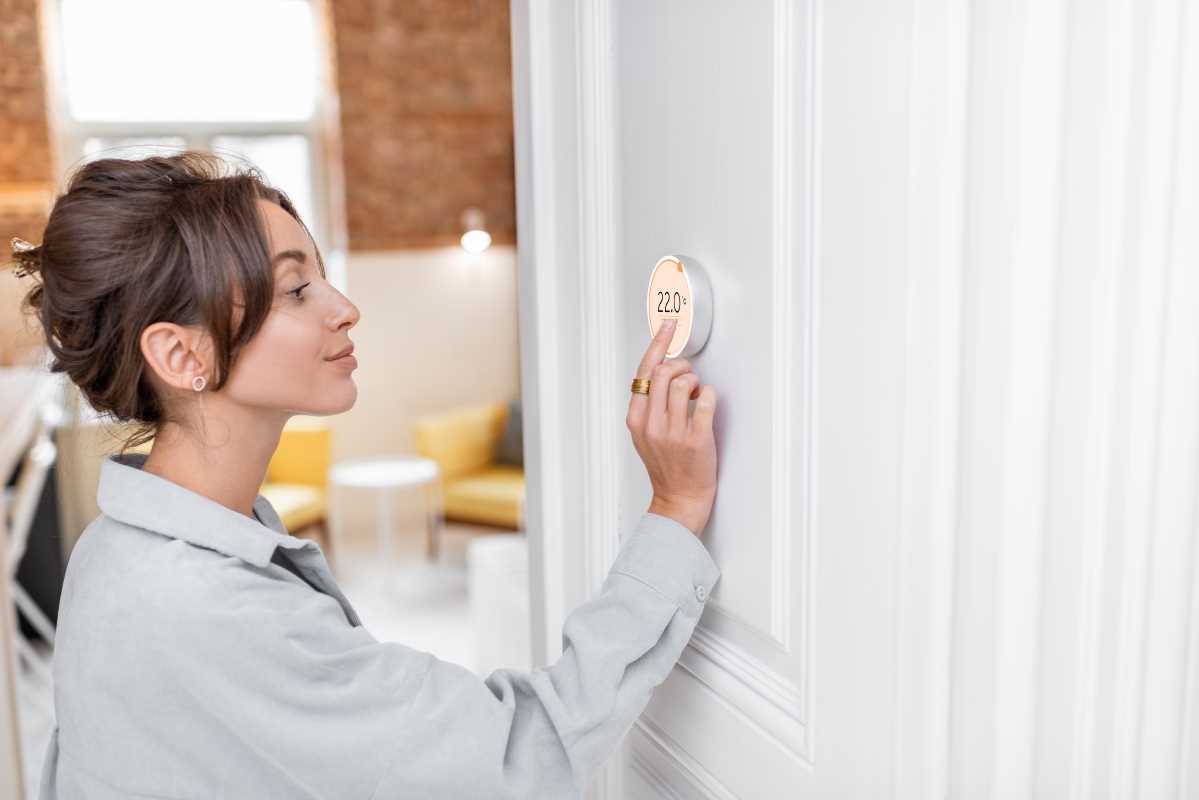Your dream of a futuristic smart home, where every device works seamlessly together like cast members in a Broadway show, doesn't have to be just that, a dream. While smart gadgets are brilliant on their own, turning them into a cohesive system can sometimes feel like herding cats. Not all devices speak the same language, and some seem downright stubborn about syncing.
But don’t worry! With a bit of planning and a few smart strategies, you can unify your tech into a home system that practically runs itself. Here are some tips to make your smart home not only functional but harmonious.
Start by Choosing a Central Hub
Every smart home system needs a ringleader, a central hub to call the shots. Think of it as the brain that ensures everything works in unison. These hubs, which often come in the form of a hardware device or a robust app, are essential for controlling and connecting multiple devices without confusion.
When picking a hub, compatibility is key. Check whether it supports the devices you already own or plan to buy. Platforms like Amazon Alexa, Google Home, and Apple HomeKit are popular and offer broad compatibility with many gadgets. But don’t just settle for what’s popular. Consider your specific needs. For example, if you already own a lot of Apple products, HomeKit could feel like an extension of your ecosystem.
Another crucial factor is the ease of use. A good hub simplifies control. Can it integrate with an app to command everything in one swipe? Does it work with voice commands, so you can dim the lights or lock the doors by saying, “Goodnight”?
Be future-focused, too. Your hub should be able to grow with your smart home, supporting more devices as you add to your collection. All the best systems are about longevity—not just the technology of the moment.
Ensure Compatibility Between Devices
Let's talk compatibility, the awkward speed-dating phase of building a smart home. You might love your smart thermostat and your fancy video doorbell, but if they're incompatible, you could end up managing two separate systems, doubling the complexity rather than halving your workload.
Look for devices designed to play well with others. Many gadgets now list their supported platforms right on the box or product description. Keep an eye out for labels like “Works with Alexa,” “Works with Google Assistant,” or “Apple HomeKit compatible.”
Sticking to one brand where possible can save headaches. For instance, buying multiple devices from the same manufacturer often ensures they integrate more easily. But if mixing brands is unavoidable (because hey, maybe one brand doesn’t meet all your needs), prioritize gadgets that use universal protocols like Zigbee or Z-Wave.
Also, consider using apps that bridge the gap between devices. Third-party programs like IFTTT (If This Then That) can help incompatible devices work together. For example, you could set it up so your smart lights turn blue whenever your washing machine finishes its cycle. Who says you can’t have a bit of flair with functionality?
Choose the Right Voice Assistant
Voice assistants are like the narrators of your smart home story. They cue the music, dim the lights, and set the thermostat, often with nothing more than a quick command. But choosing the right one can make or break the harmony of your smart home.
The three big players are Amazon Alexa, Google Assistant, and Apple’s Siri, each with its strengths. Alexa has one of the widest ranges of supported devices and skills. Google Assistant is excellent for search-based tasks and integrates perfectly with Android devices. Siri, on the other hand, is a natural fit for Apple devotees and tends to excel in privacy features.
Pick a voice assistant that matches your preferences and aligns with your existing gadgetry. If you’re a multilingual home, consider which assistant handles different languages better. For homes with kids, examine parental control options. And don’t forget about regional compatibility; not all features are available in every country.
Pro tip? Stick to one assistant per household. Multiple assistants can end up like cross-talking coworkers, creating unnecessary confusion instead of simplifying your life.
Secure Your Smart Home Network
A unified smart home is great, but a vulnerable smart home. That’s a different story. Having an integrated system means everything operates on the same network, which makes securing that network all the more critical. After all, you wouldn’t leave the front door unlocked, so why would you leave your Wi-Fi wide open?
Start by changing your default router password. Hackers often target these generic passwords, so create a strong, unique one (and make sure you can actually remember it). While you’re at it, consider changing the network name to something harmless and unrelated to your personal information.
Enabling WPA3 encryption on your router provides an extra layer of security, as does setting up a separate network just for your smart devices. This isolates them from your other internet traffic, keeping sensitive information like banking details safer.
Two-factor authentication is another must-have feature for your hub and key devices. It’s a simple safeguard against unauthorized access. And don’t forget to regularly update your gadgets with the latest firmware; these updates often include security patches to protect against new vulnerabilities.
Finally, avoid connecting devices you don’t truly need. Limiting your smart home’s digital footprint makes it less appealing to anyone with malicious intentions.
Maintain and Optimize Your System
Integrating devices is just the start. Like maintaining a garden, a smart home system requires ongoing care to keep it functioning at its best. Consistent oversight prevents minor hiccups from growing into major headaches.
Start small by keeping your devices organized and clearly labeled within your hub’s app. This makes managing them feel far less overwhelming, especially when you have dozens of gadgets. For example, group devices by rooms or categories, like "living room devices" or "security devices."
Regular updates are essential. Developers constantly release patches and features to improve performance and security. Check for these periodically across all your connected devices. Turning on automatic updates where possible can simplify the whole process.
Test your automated routines every few months. Maybe your “bedtime” setting dims the lights and locks the doors perfectly in summer, but fails to adjust the thermostat for cooler months. Tweaking these routines to adapt to your living habits keeps everything running smoothly.
If your system starts feeling sluggish, try a “smart home reboot.” This involves restarting individual devices or your router to enhance performance. It’s a surprisingly effective way to shake off digital cobwebs.
A little backup planning also goes a long way. If one device fails, is there a manual failsafe? Having backups or contingency plans minimizes disruptions and ensures that your home keeps humming along no matter what.
More Keys for Smart Home Success
Creating a unified smart home doesn’t have to be rocket science. Here are some quick tips to keep in mind as you build your system:
- Pick a central hub that aligns with your current devices and future plans.
- Prioritize compatibility and explore tools like IFTTT for bridging gaps.
- Stick to one voice assistant for smooth communication.
- Protect your network with strong passwords, secure encryption, and updates.
- Maintain your system by staying organized, tweaking routines, and testing functionalities.
By taking a bit of time and effort, you can turn your devices into a well-choreographed team that makes your home life more convenient, efficient, and even fun. From morning alarms to bedtime routines, your smart home can be an integral part of your day, working behind the scenes to keep things running smoothly.
 (Image via
(Image via





